Why Are Women In Certain Sports Left Out
——————————
Women In Sports
he fascinating world of female athletes, their remarkable skills, and the barriers they encounter. From Formula 1 to other sports, we’ll unravel the complexities and advocate for a more inclusive playing field.
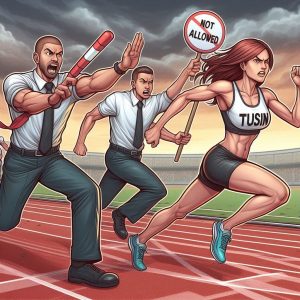
Female Athletes Not Allowed In Certain Sports
The Benchmark Dilemma Of Female Athletes
Historically, athletic benchmarks have been set by men. Their achievements serve as the standard for measuring performance across various sports. However, this approach doesn’t account for the unique potential of female athletes. What if women had a blank slate, free from comparisons to male accomplishments? How would their trajectories differ?
The Marathon Gap
In the early 1990s, researchers Brian Whipp and Susan Ward analyzed men’s and women’s world records in running events. Surprisingly, women improved at a steeper rate, especially in the marathon. Yet, despite progress, a gap of around 9.7 percent still exists between men’s and women’s marathon records. men may be stronger and faster but the athlete and games are just as good if not better.
Anatomy and Physiology
Whipp and Ward’s overconfidence stemmed from treating race results as a mathematical equation. They overlooked women’s late entry into long-distance running and fundamental anatomical differences. Women’s rapid improvement leveled off over time, but their potential remains untapped.
Competence Beyond Gender
Recent research shows that women are perceived as equally competent as men, if not more so. Equal treatment in training, funding, and support will continue narrowing the performance gap. Imagine a future where young athletes play together, regardless of gender, fostering true equality in sports.

Female Athletes Not Allowed In Certain Sports
F1 As An Example
————————-
The Absence Of Female F1 Drivers Is A Multifaceted Issue
1. Opportunity and Interest
Out of the 774 drivers who have competed in F1 races, only 0.26% have been women. However, this scarcity is not due to a lack of interest or capability. Rather, it reflects limited opportunities for female drivers to break into the sport. The F1 grid has not seen a female driver for an extended period, raising questions about inclusivity and representation.
2. Sexism and Stereotypes
Stereotypes and negative perceptions persist regarding women’s ability to drive fast or compete physically. These biases can hinder progress. Female drivers face challenges, including unwelcoming environments and inappropriate culture. Additionally, mechanical barriers, such as the absence of power steering in lower racing categories, can affect their journey to F1.
3. Sexist Mentality at the Top
Some team leaders perpetuate a sexist mentality. Helmut Marko, Red Bull Racing’s boss, has suggested that F1 cars’ physical strain is “too big” for women. However, this viewpoint overlooks the immense physical fitness and mental resilience of female athletes. It’s essential to challenge such stereotypes and create a more inclusive environment.
Addressing these issues will pave the way for more female representation in F1, allowing talented women to showcase their skills on the track.
Gender Bias Across Sport IS A Widespread Issue
——————————————
Stereotypes and Expectations
Historical Precedence – Throughout history, sports have been predominantly male-dominated. This legacy has perpetuated stereotypes that associate physical prowess with masculinity.
Implicit Bias – Society often assumes that men are naturally better athletes, leading to biased expectations. Women who excel in sports are sometimes seen as exceptions rather than the norm.
Lack of Representation and Role Models
Visibility Matters – When young girls don’t see female athletes in prominent roles, they may not aspire to pursue sports seriously. Representation matters for inspiring the next generation.
Role Models – Having visible female role models—whether in F1, soccer, or any other sport—can break down barriers and encourage more women to participate.
Structural Barriers
Access and Funding – Unequal access to training facilities, coaching, and funding affects women’s development in sports. Without proper resources, it’s challenging to compete at the highest level.
Media Coverage – Sports media tends to focus more on men’s events, perpetuating the idea that male athletes are the standard of excellence. This lack of coverage affects sponsorship opportunities and visibility for female athletes.
Cultural Norms and Expectations
Traditional Gender Roles – Societal norms often dictate that women should prioritize family, caregiving, and domestic responsibilities over sports. This can limit their time and energy for athletic pursuits.
Perceived “Femininity” – Some people still associate physical strength and competitiveness with masculinity. Women who defy these norms may face backlash or criticism.
Conclusion
Addressing gender bias in sports requires collective effort. We must challenge stereotypes, provide equal opportunities, celebrate female athletes, and create an inclusive environment. Only then can we truly appreciate the incredible talent and determination of women across all sports.
Women possess remarkable skills, and their right to participate in all sports should be unquestioned. Let’s celebrate their achievements and create a level playing field for everyone.
Addressing gender bias in sports requires collective effort. We must challenge stereotypes, provide equal opportunities, celebrate female athletes, and create an inclusive environment. Only then can we truly appreciate the incredible talent and determination of women across all sports.
Join the Discussion
We invite you to be part of this important female athlete conversation! Share your thoughts, experiences, and ideas about women in sports. How can we break down barriers, promote equality, and celebrate female athletes? Your voice matters—let’s create a supportive and inclusive environment together!
#WomenInSports #EqualityOnTheField #FemaleAthletes #BreakingBarriers #InclusiveSports #ChampioningWomen #Empowerment #AthleticExcellence #RepresentationMatters #CelebrateTalent #GenderEquality #InspiringGirls #Sportsmanship #LevelPlayingField #StrongWomen #AthleticJourney #SupportiveEnvironment #BreakingStereotypes #RoleModels #FitnessForAll #Inclusivity #WomenWhoCompete #SportsAdvocacy #BreakingNorms #FemaleEmpowerment #AthleticPotential #GirlsInSports #SupportingAthletes #SportsEquality #WomenInMotorsport
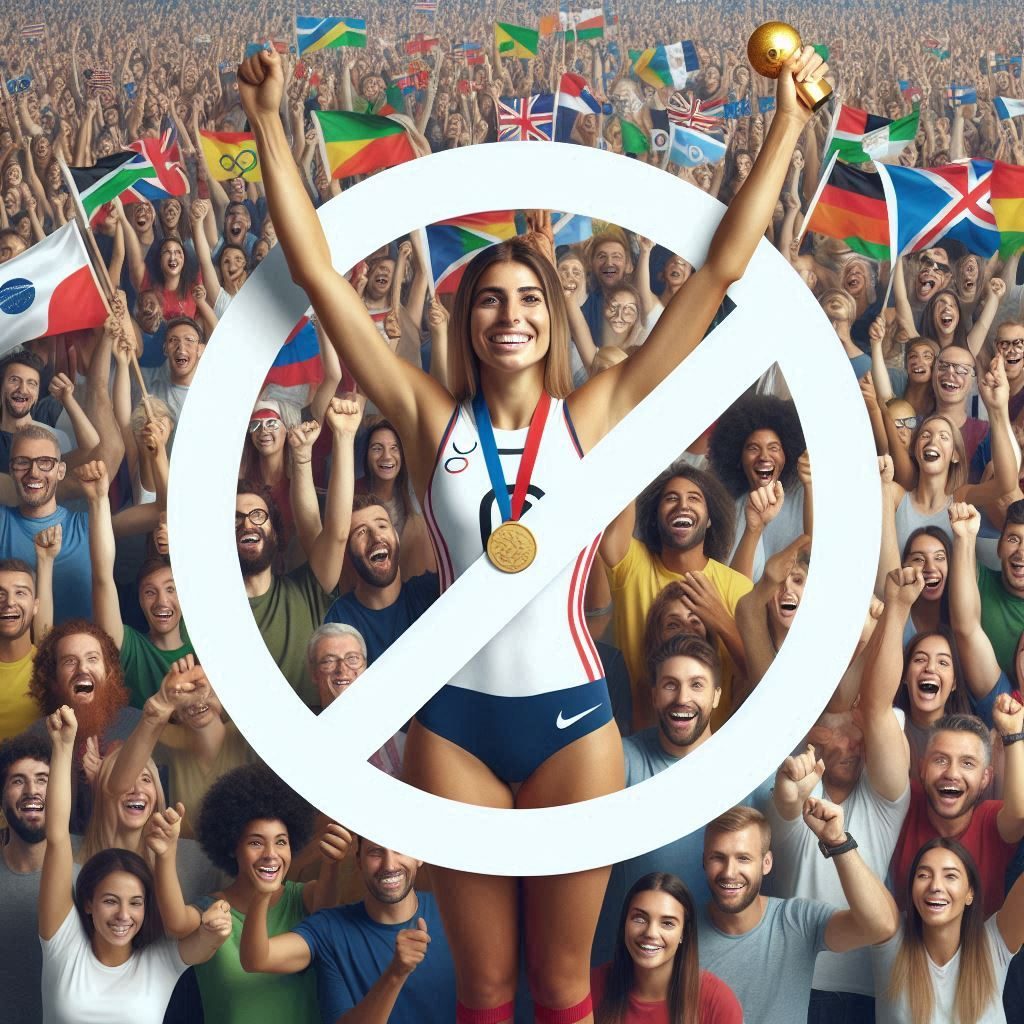

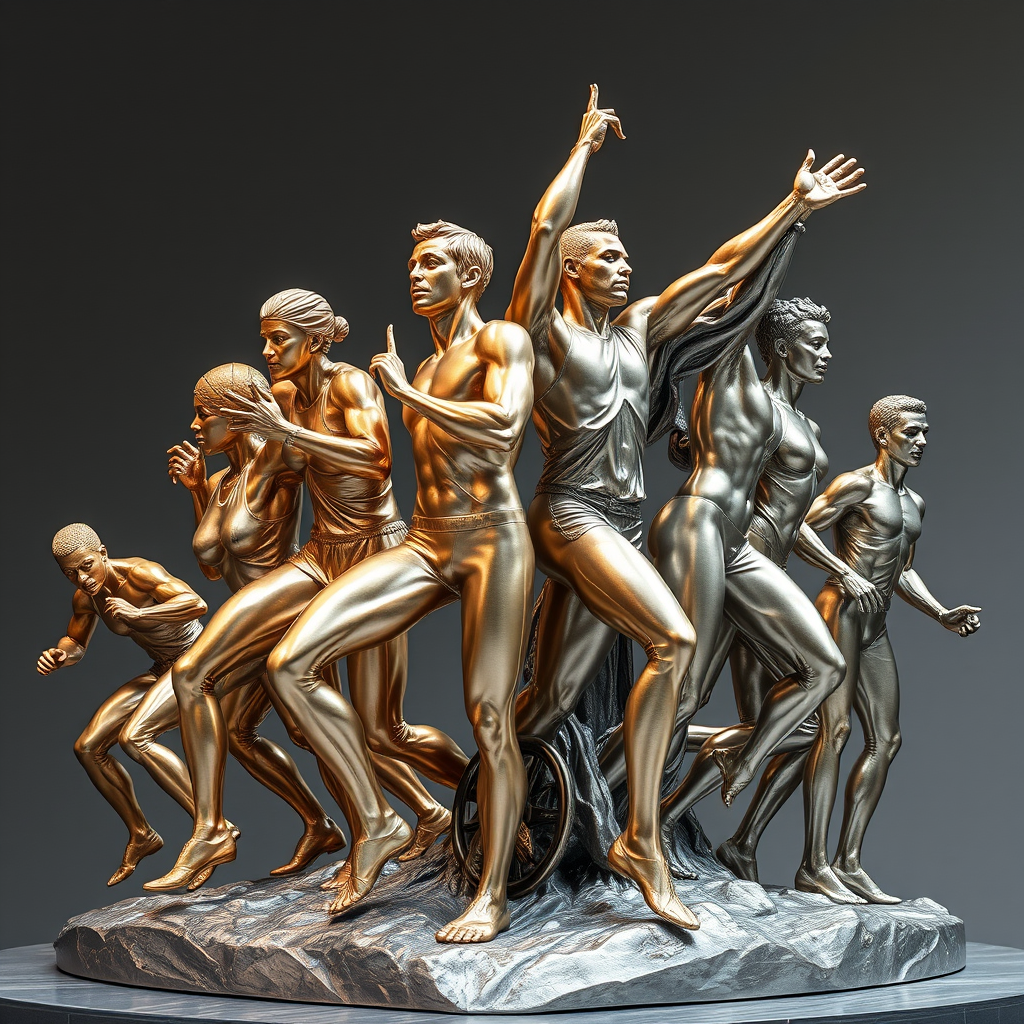




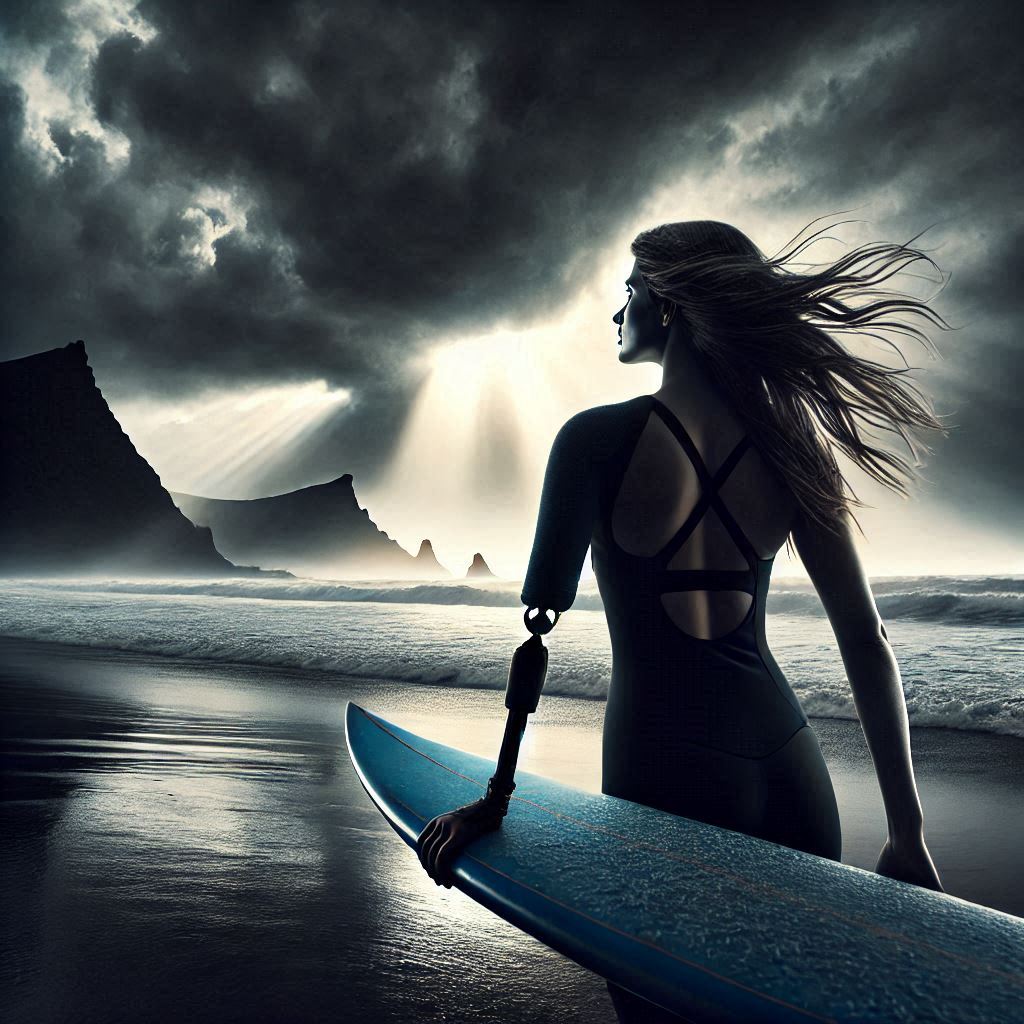






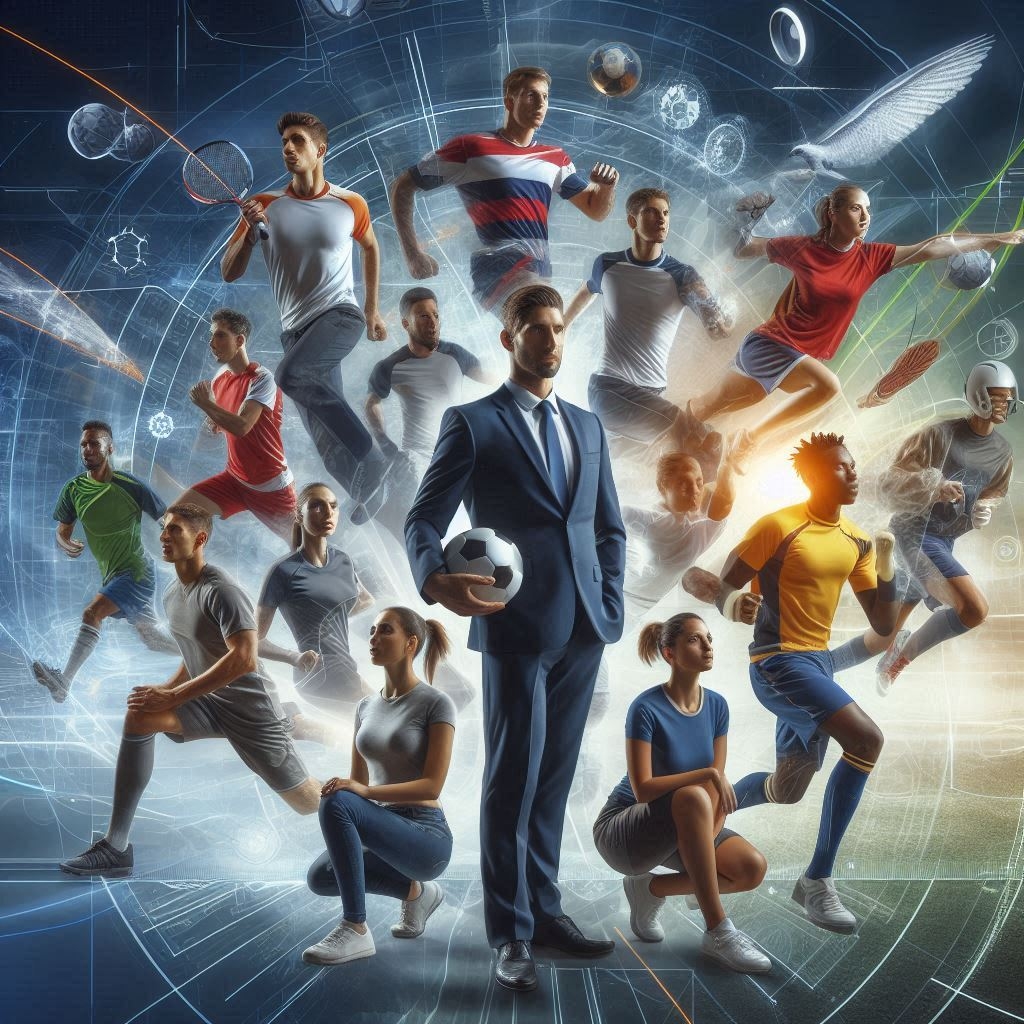
1 Team – 2 Realities – Equal Bonuses For Paralympics & Olympics - Crickky
[…] Development Programs Nurturing talent at the grassroots level is vital. Managing bodies organize youth programs, talent identification, and coaching initiatives. Fostering a love for sports early on ensures a sustainable pipeline of athletes. […]